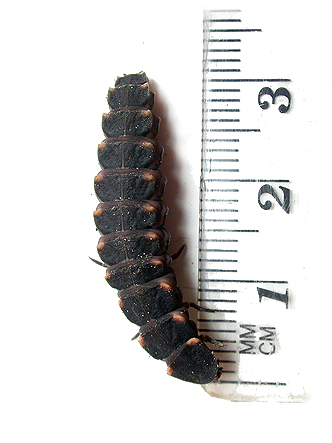

 |
Between 2012 and 2013, Martin Dale, Dilys and myself undertook two research projects that looked into the bioluminescent activity produced by the larvae of the Glow Worm (Lampyris noctiluca). Quite unique for scientific research of this type, our latest research results were made available online at the end of both years, enabling those interested to be able to keep up to date with our theories, results and the latest findings. Our research as long since ended, but the methods employed and the results obtained, may hopefully aspire someone else to continue researching Glow Worm larval bioluminescence. |
||
| Project
1: Phase 1
and 2. 2012-2013 Some notes and observations on the bioluminescence exhibited by the larva of the Glow Worm (Lampyris noctiluca) in captivity Project 1: Phase 1. 2012 was conducted by Trevor and Dilys Pendleton (TDP), based at Market Warsop, Nottinghamshire and Martin Dale (MD), based at Mapperley in Nottingham. The primary aims of this research were to try and determine the following aspects of bioluminescent activity in larvae of the Glow Worm Lampyris noctiluca.
|
| Access Project 1: Phase 1. 2012 results - January 2013 |
| Observational results of the bioluminescence produced by 25 captive larvae |
| Project
2: Phase 1
and 2. 2012-2013 The size variation and age ratios found within the larval population of the Glow Worm (Lampyris noctiluca) during Autumn Project 2: Phase 1 and 2. 2012-2013 were conducted by Trevor and Dilys Pendleton (TDP), based at Market Warsop, Nottinghamshire. We were also assisted by Martin Dale (MD) based in Nottingham, who assisted us with field survey work and also provided important comparison data based on observations of captive larvae.
|
| Access Project 2: Phase 1. 2012 results - December 2012 |
| Access Project 2: Phase 2. 2013 results - March 2014 |
| Observations on the size variation and ratios of wild Glow Worm larvae in Autumn 2012 |